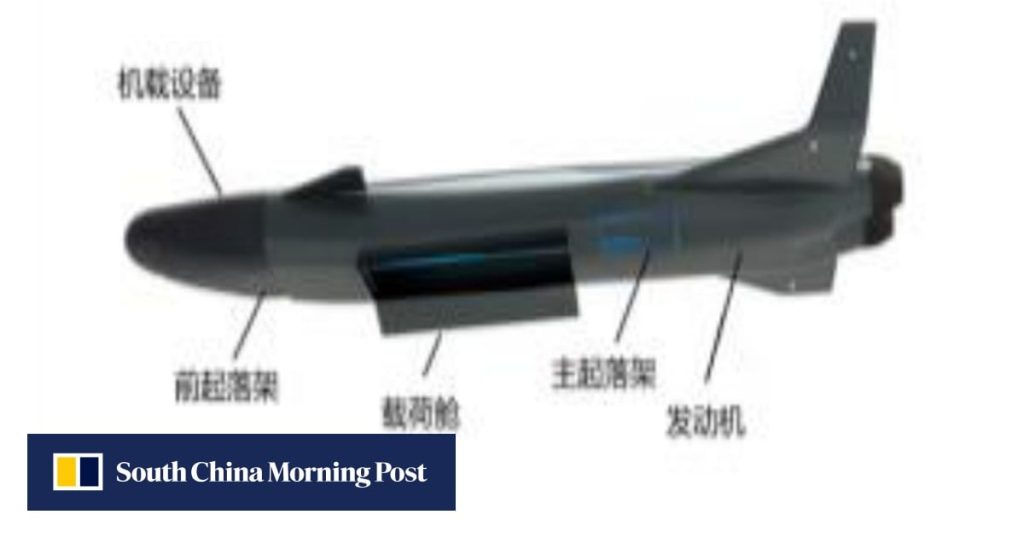Unlike conventional aircraft, which must compromise between low-speed lift and high-speed drag, or swing-wing fighters that adjust sweep symmetry on both sides, the proposed Chinese design features a single, centrally mounted wing that rotates up to 90 degrees.
At low speeds, the wing sits perpendicular to the fuselage, maximising lift with a high lift-to-drag ratio of 9.1 – ideal for efficient take-off and subsonic cruise. As speed increases, the wing begins to pivot. At transonic speeds near Mach 1, it swings to 45 degrees, one side forward, the other aft, redistributing airflow and mitigating shock wave formation.
This configuration suppresses wave drag while maintaining lift, achieving a lift-to-drag ratio of 5.6 – a remarkable balance in the treacherous transonic regime.
Then, at Mach 5, the wing completes its rotation, aligning parallel to the fuselage and effectively merging with the top of the aircraft. In this configuration, the entire vehicle becomes a “waverider”, with shocks attached along the leading edges and compressed air generating high pressure underneath.


